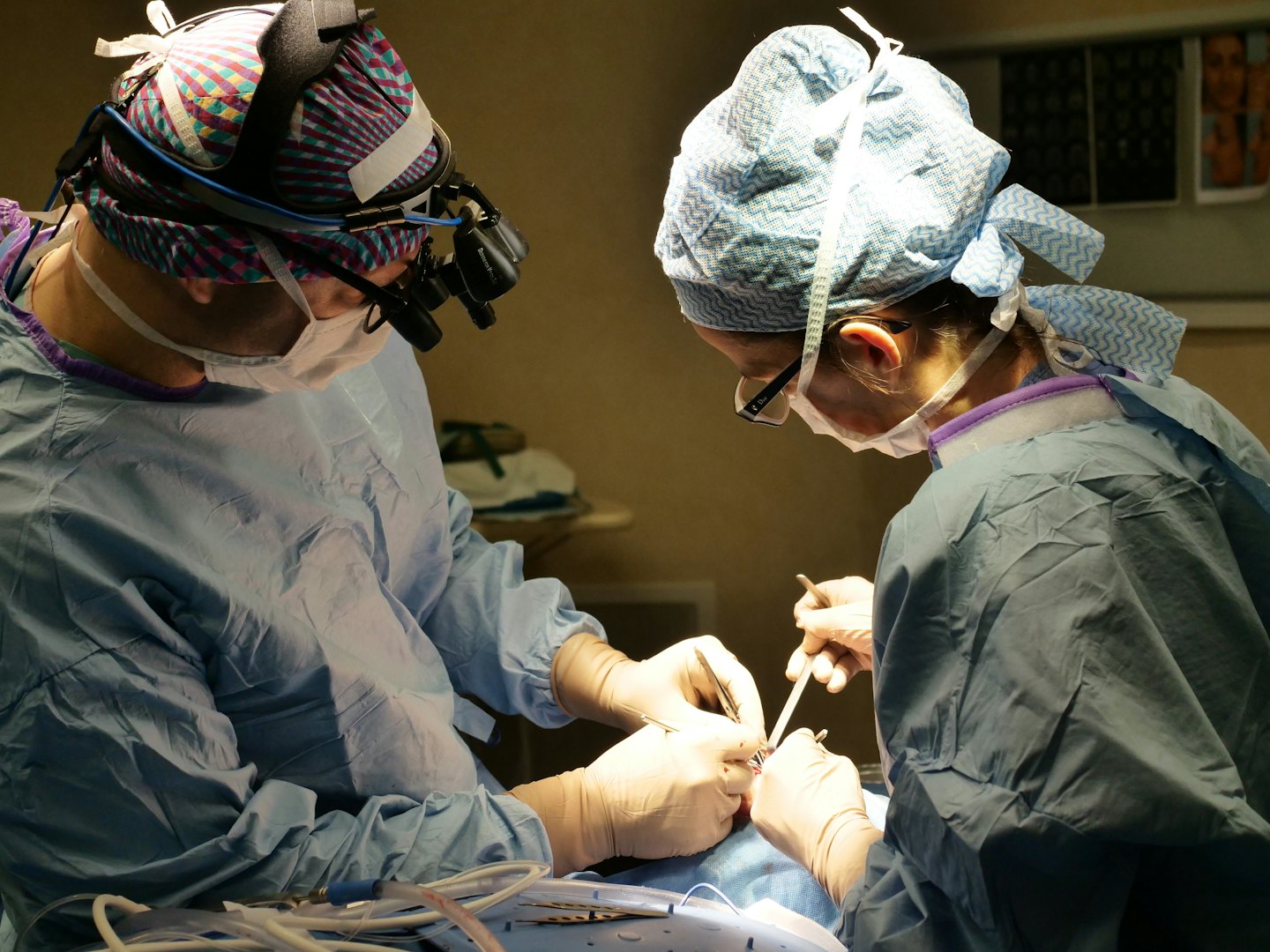No-Scalpel Vasectomy at Southland Urology
A no-scalpel vasectomy is a minimally invasive procedure for permanent male birth control. Unlike a traditional vasectomy, it uses a specialized instrument to make a tiny puncture in the scrotum, eliminating the need for an incision and stitches. This technique significantly reduces discomfort, bleeding, and recovery time, making it a preferred choice for many men.

Advanced Treatments
Our expert surgeons have performed thousands of vasectomies.

Personalized Plans
We tailor your care to your unique diagnosis for optimal health and recovery.

Comprehensive Diagnostics
Accurate testing and evaluation.
Understanding No-Scalpel Vasectomy
Learn about our tailored approach to sterilization with compassionate support every step of the way.
Initial Consultation and Diagnosis
Meet with our board-certified urologists to assess your condition through thorough exams and advanced diagnostic tests.
Personalized Treatment Planning
Work closely with our specialists to develop a treatment strategy that fits your specific issue and goals.
Ongoing Care and Support
Receive expert follow-up care, monitoring, and support to ensure the best possible outcomes throughout your recovery.
Understanding No-Scalpel Vasectomy
What is a No-Scalpel Vasectomy?
A no-scalpel vasectomy is a modern, minimally invasive surgical technique for male sterilization. The procedure works by blocking or cutting the vas deferens, the tubes that carry sperm from the testicles to the penis. The “no-scalpel” name comes from the fact that it does not use a traditional scalpel to make incisions. Instead, the surgeon uses a specialized instrument to create a tiny puncture in the scrotum, which is then stretched to access the vas deferens. This technique is designed to minimize tissue damage, bleeding, and the risk of infection.
How is a No-Scalpel Vasectomy Performed?
The procedure is an outpatient service, typically performed in a doctor’s office or clinic, and takes about 15-20 minutes. The patient is given a local anesthetic to numb the area, so they remain awake and comfortable throughout the process. The surgeon then uses a specialized tool to make a tiny puncture in the skin of the scrotum to gently access the vas deferens. The tubes are then lifted out, cut, sealed, or tied off, and put back into place. The small opening in the skin is so tiny that it typically heals on its own without the need for stitches.
The Benefits of a No-Scalpel Vasectomy
This technique offers several significant advantages over a traditional vasectomy. The most notable benefit is the reduced risk of complications, such as bleeding and infection. Patients also experience less post-operative pain and bruising. Because there is no incision and no stitches, the recovery time is much shorter. Most men can return to their normal daily activities within a day or two and can resume light exercise after about a week.
Recovery and Aftercare
Following the procedure, patients are advised to rest for at least 24 hours. A cold pack can be applied to the scrotum to reduce swelling. It is normal to feel some mild discomfort or a dull ache for a few days, which can be managed with over-the-counter pain relievers. Strenuous activity, heavy lifting, and sexual activity should be avoided for about a week. It’s important for patients to know that they are not immediately sterile after the procedure.
Is It Immediately Effective?
A common misconception is that a man is sterile immediately after a vasectomy. This is not the case. Sperm can remain in the vas deferens for several months after the procedure. For this reason, it is crucial to continue using other forms of birth control until a doctor confirms that there is no sperm present in the ejaculate. This is verified with a semen analysis about three months after the procedure, or after a specific number of ejaculations.
Surgical Complications and Risks
While a no-scalpel vasectomy is a very safe procedure, as with any surgery, there are potential risks. Complications are rare but can include a hematoma (a collection of blood in the scrotum), infection, or chronic pain. In very rare cases, the ends of the vas deferens can reconnect, making the procedure ineffective. This is known as a recanalization and is one of the reasons for a follow-up semen analysis. The procedure has a very high success rate and is a reliable form of permanent birth control.

Schedule Your Consultation Today
Take the first step toward personalized hydrocele evaluation with our expert team.
